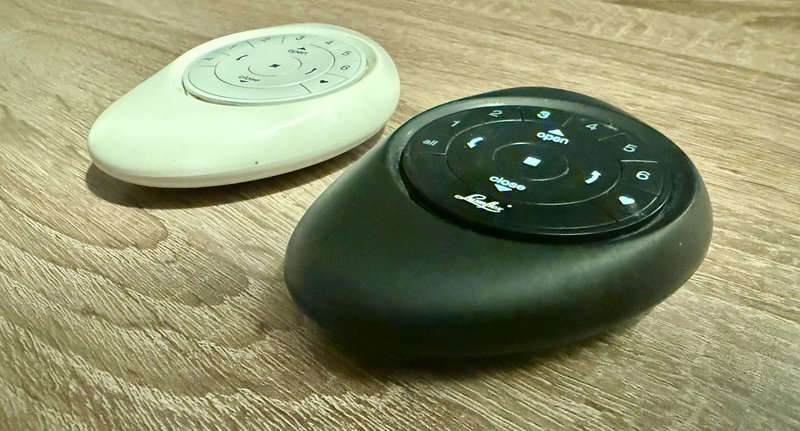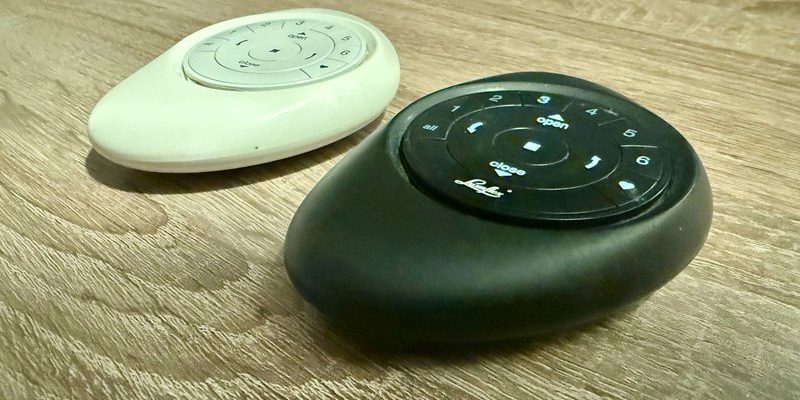
The Ring Smart Remote aims to make smart home living less complicated. Designed by Ring (yep, the folks known for their video doorbells), this remote acts as a central command for your compatible devices—think doorbells, security systems, or even lights. But as soon as you have visitors, babysitters, or Airbnb guests, you might wonder: can you use the Ring Smart Remote in Guest Mode? Or are you stuck handing over the whole pie instead of just a slice? Let’s talk about how this works, why it matters, and what you need to know before sharing your remote—or not.
How Does the Ring Smart Remote Work?
The Ring Smart Remote isn’t your standard TV zapper. This little gadget acts more like a universal remote for all things Ring inside your home. You can use it to arm and disarm your security system, trigger routines, or control certain smart devices. But at its core, it’s about convenience—turning several taps on your phone into a single button press.
The tech behind it is simple but smart. The remote syncs with your main Ring account. When you pair it with your system, it’s like giving it a backstage pass to everything your app can do. In practice, you press a button, the remote sends a secure signal to your Ring Base Station (or sometimes straight to your Wi-Fi), and the magic happens—your alarm arms, your living room lights come on, or your front door locks behind you.
Let’s be clear, though: this is not a universal remote in the classic sense. It talks to Ring devices, mostly, not your TV or refrigerator. It’s designed to be secure. So, if you lose it, you can reset or remove it through your Ring app. That way, nobody can use your old remote to waltz into your home.
However, all this convenience raises a big question: what if you don’t want to give someone access to everything? That’s when the idea of Guest Mode starts to sound appealing.
What Is “Guest Mode” with Ring Devices?
“Guest Mode” isn’t a universal term—every smart home device handles it a little differently. With Ring, it’s about granting someone limited access rather than open doors. Think of it as handing a hotel key card that only works for a single room, not the entire floor.
Using Ring’s app, you can add “Shared Users.” These users can see certain devices, get notifications, or control features you approve. It’s great for family or roommates. For actual guests—people who don’t live with you—Ring’s system leans more towards temporary codes or one-off access via the app.
Here’s the thing: the main Ring app is where most of the “Guest Mode” magic happens, not the physical remote. You might give Aunt Linda a guest code for the alarm, but she won’t use the physical Ring Smart Remote for that—she’ll use the keypad, app, or voice commands, depending on your setup.
So, while “Guest Mode” makes sense for keypads or apps, the physical remote’s role here is a little trickier.
Can the Ring Smart Remote Be Put Into Guest Mode?
You might be wondering, “Can I actually set the Ring Smart Remote itself to Guest Mode?” Honestly, not in the classic sense. The Ring Smart Remote doesn’t have a built-in Guest Mode switch the way some keypads or apps do.
Here’s why: The remote has one job: send a command. Whatever the remote is paired to, it controls. It doesn’t ask who’s pressing the button or let you set different levels of access for different people. If you hand the remote to someone, they get as much power as you do—the “entire floor,” not just the “single room.”
That said, you do have ways to control who uses it. The Ring app lets you reset or unpair the remote. If you’re worried about someone misusing it, you can simply remove its access when you don’t need it. Need to hand it off to a pet-sitter for a weekend? Pair it, then unpair when they leave. Not exactly seamless “Guest Mode,” but it’s a workaround.
Important insight: The remote is as safe as the hands it’s in. Ring prioritizes security, but physical devices can’t distinguish between owners and guests—only digital codes or app permissions can.
How to Share Access Without Using Guest Mode on the Remote
It all comes down to using the tools Ring provides in the app, not the remote itself. If you want to give a friend or guest limited control, use the Ring app to generate codes or share access to specific devices.
- Alarm Keypad Codes: Create unique keypad codes for each guest. You can enable or revoke these anytime from your app. This lets them disarm or arm the alarm without touching the remote.
- App Sharing: Add a “Shared User” in the app. You decide which devices they can see or control. Perfect for longer-term guests or family.
- Temporary Access: For Airbnb guests or babysitters, set codes that expire or only work on certain days.
Meanwhile, keep the Ring Smart Remote for yourself or your household. If you’re worried a guest needs a remote-like option, explain how to use the keypad or app instead. Think of the remote as your personal shortcut, not a universal guest pass.
Resetting and Pairing the Ring Smart Remote: Protecting Your Security
Suppose you do need to “loan out” the remote, maybe because you trust someone completely or just want to keep their life simple. Here’s where you’ll want to know how to reset, pair, or remove the remote from your system.
Pairing the remote is easy: Open your Ring app, go to the Device Settings, and follow prompts to add a new remote. The app gives clear instructions—usually involving pressing a button on the back of the remote until it starts blinking.
Resetting the remote: Lost the remote or need to wipe it? There’s a small reset button (usually a pinhole on the back). Hold it down for a few seconds. Then, remove it from your app so your system forgets it exists.
Troubleshooting tip: If the remote isn’t working after pairing, check the battery, move closer to the base station, or repeat the pairing steps. Electronics can be fickle—sometimes, a reset is all you need.
Tip: Always unpair or reset a remote before giving it to someone else. That way, nobody inherits access you didn’t intend.
Common Problems When Using the Ring Smart Remote for Guests
Let me explain one of the biggest headaches: confusion about who controls what. Unlike the digital codes in the app, the Ring Smart Remote hands out full access to anyone holding it. There’s no fingerprint sensor, no PIN. Once someone has it, they’re in.
Here’s what can go wrong:
- Lost remote: If a guest misplaces it, you have to race to the app to unpair it before someone else finds it.
- Accidental commands: Guests who aren’t familiar with the buttons might arm or disarm the alarm by mistake—awkward at best, risky at worst.
- No record of use: Unlike the app, which logs every action, the remote doesn’t let you see who pressed what, or when.
Honestly, for most short-term guests, the keypad or the app is safer and more controllable. Save the remote for people you live with every day.
Alternatives to Using the Ring Smart Remote in Guest Mode
You might feel a little let down that the Ring Smart Remote doesn’t have a “Guest Mode.” But other options can fill the gap:
- Ring Alarm Keypad: Lets you give out unique codes—much easier to track and revoke.
- Ring App Shared Users: Gives your guest the ability to control certain devices without physical hardware.
- Smart Locks (with code entry): If your goal is guest door access, consider a smart lock with temporary codes instead of relying on the remote at all.
- Universal Remotes: For controlling non-Ring devices, brands like Logitech Harmony let you program limited actions for guests—but they’re not designed for security systems.
In the world of smart security, physical remotes are convenient but don’t offer much flexibility for sharing. Codes and apps do.
Why Guest Mode (and Smart Sharing) Matter for Home Security
Let’s zoom out for a second. Why all this fuss about Guest Mode? Home security is about trust and boundaries. You want to share your space without losing control of it. If you hand someone the Ring Smart Remote, you’re trusting them completely with your system.
With guest codes or app-based controls, you have more power. You can track who does what, revoke access when needed, and never wonder if someone’s still “holding the keys.” It’s like being able to invite friends over for dinner, then lock the doors after they leave—no awkward conversations or spare keys floating around.
The best security is flexible and forgiving. Choose the method that matches your trust level, and don’t be afraid to set boundaries—even with people you love.
Wrapping Up: How to Give Guests Access to Your Ring System (Without the Remote)
So, can the Ring Smart Remote be used in Guest Mode? Not really. It’s an all-or-nothing tool—great for daily users, less ideal for short-term guests or anyone you want to keep on a “need-to-know” basis. Use Ring’s codes, app permissions, or shared access features for guests instead.
Honestly, the Ring Smart Remote is a handy gadget for fast, secure control of your own system. When it comes to guest access, lean on digital solutions that give you real control and keep your home safe. That way, you can enjoy your smart home’s convenience without giving away the keys to the castle.
